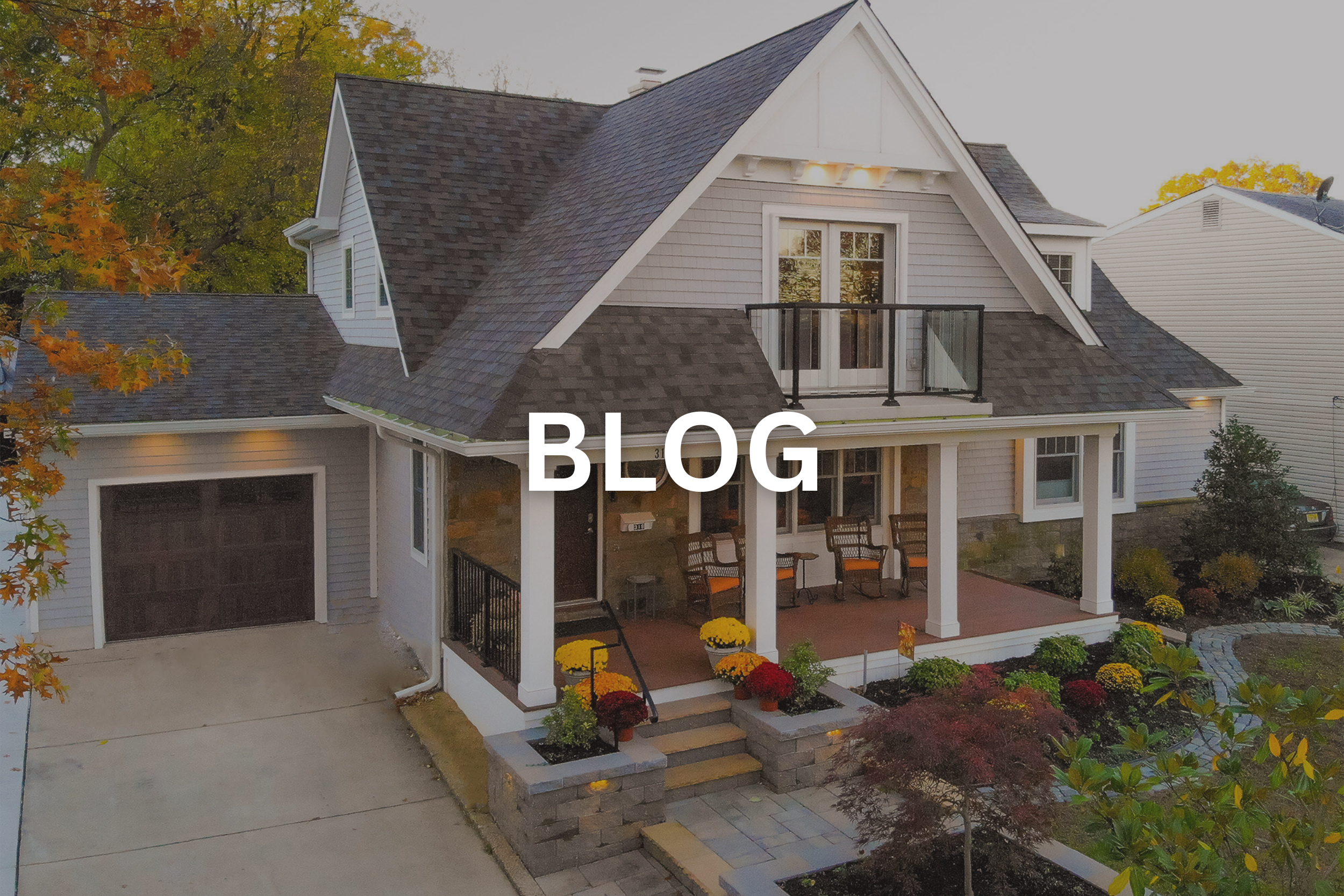Porches are Popular Again
/Selected as one of America's Top 200 Residential Architects by Forbes magazine in 2025, our team at J Reinert Architecture specializes in custom residential architecture and interior design.
After five or six years of porches consistently trending upward, AIA data from 2024 shows they’re now trending down. Initially, this surprised me, but I believe it reflects the impact of the Covid-19 pandemic, which created both a requirement and a desire for outdoor living spaces - particularly porches. That initial surge has now started to level off.
When we design a home and contemplate the addition of a porch, we consider its orientation, the climate, how it fits within the architectural context, and how it aligns with the client’s lifestyle. A southeast-facing porch, for example, is ideal for a retiree who enjoys morning coffee in a warmer climate, while a young family might be more focused on maximizing their backyard space.
Local zoning or design requirements often dictate whether a porch is included - especially in walkable communities. In contrast, large-scale developments that don’t emphasize community may only offer a covered entry, with porches not even presented as an option.
But when the sun orientation is right, the climate is suitable, the home’s context allows for it, and the client values connection to the community - I’m pro-porch every time.
Many of our new construction, renovation, and home addition projects feature front porches. (Outdoor living spaces with firepits and the like are usually in the rear yard.) An intentionally designed front porch can easily become the second most expensive “room” in the house after the kitchen. That’s because a well-built porch requires a high level of craftsmanship and durable, exterior-grade materials.
Materials like metal roofing, PVC porch flooring, trim boards, and exotic woods such as ipe and Accoya are far more expensive than interior finishes like sheetrock and demand greater skill to install. This is a clear shift I’ve noticed in porch design. Manufactured materials like Accoya, Azek, and Trex are increasingly popular because they’re low-maintenance and able to withstand harsh weather over time.
I’ve also observed a rising demand - especially in the Northeast - for screened front porches. Screening adds a level of security and keeps out insects, pollen, and street dust, while also offering privacy. When a screened front porch is used as a true living and entertaining space, an exterior-grade ceiling fan is essential. Upscale homes now often include ceiling-mounted infrared heaters, outdoor-rated flat screen TVs, and sound systems - whether inland or along the coast.
To address the rise in package theft, we’ve also started designing locking parcel compartments into porches - an increasingly requested feature that helps protect deliveries from Amazon and similar services.
As for size, most front porches are linear in design - perfect for a row of rocking chairs to watch the world go by. Larger porches lend themselves to more conversational seating arrangements. One of my favorite examples of this is the large screened front porch featured in our project Artfully Done.


